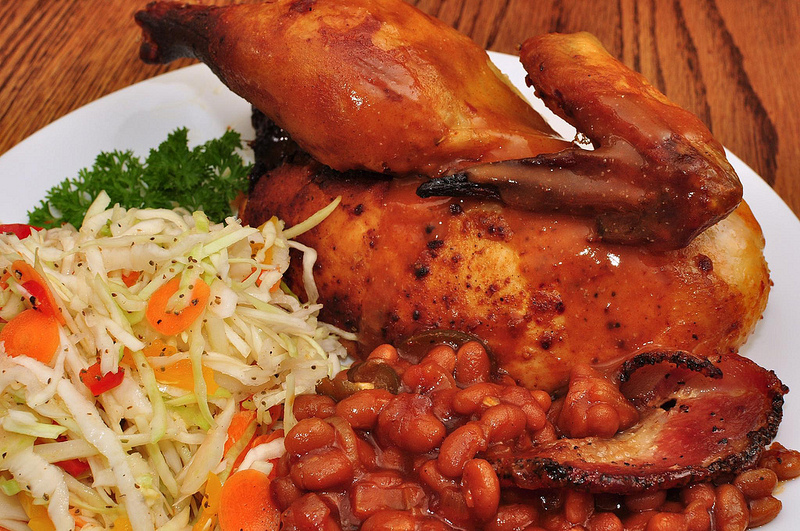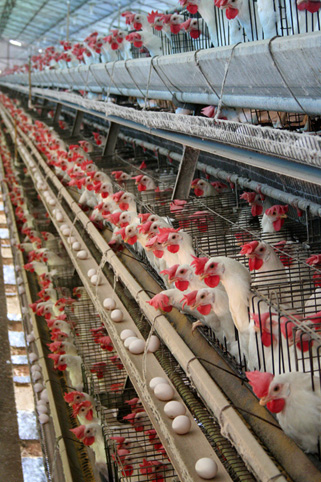
It is time for the general public to realize the unsustainable nature of our meat eating habit and drastically reduce our meat consumption to make factory farms go bankrupt. (image: jeffreyw/flickr)
SEOUL, Korea, Mar 18 (Korea Bizwire) – Since mid-January when the first case of bird flu was reported, as many as 10 million chickens and ducks have been killed as part of preemptive measures to contain the spread of the epidemic. Amid the massive slaughter of the fowls, the media is quiet about the travail of the workers mobilized to cull the poultry, let alone the fate of the birds.
Some of the workers said in interviews with animal rights advocacy groups how harrowing the experience can be.
“When I was called in to a poultry cull for the first time, I was afraid I could do it. Even after I came back home, I could still hear the ducks’ shrieking sound,” a worker said.
Another worker said, “I was mobilized to kill thousands of ducks night and day and I felt the rage that I wanted to kill them all at once, whose thought scared me.” That means killing can be inhumane to the killers as well.
What is to be done about it? In the face of a pandemic like avian flu or foot-and-mouth, culling may be the only solution to keep the infectious disease at bay. The real solution might lie in not eating meat at all, although it may sound harsh to meat lovers.

Large-scale animal farms holding tens of thousands of animals in filthy conditions are main causes of animal-borne diseases. (image: Snowmanradio/Wikimedia Commons)
But making available meat at low prices through factory farms so that everyone can have it at least once or twice a week is the real culprit to the dreaded animal epidemics we have been experiencing for the past few decades.
The problem is not just restricted to animal-borne diseases. Large-scale animal farms, often called CAFOs, or short for concentrated animal feeding operations, hold tens of thousands of animals in filthy conditions, causing serious environmental pollution to streams and underground aquifers as the operations release the raw sewage without proper treatment.
Other environmental problems such as soil erosion, desertification, climate change, water shortage, wildlife destruction, and so on are closely related with the current animal farming practices in one way or another.
No longer can we entrust the government to do something about it. Government agencies responsible for the current bird flu episode keep attributing the problem to wild geese spreading the disease and rely exclusively on culling and nothing else.
To the public, the agencies reiterate age-old slogans like “It’s safe to eat poultry if you cook well.” It is time for the general public to realize the unsustainable nature of our meat eating habit and drastically reduce our meat consumption to make factory farms go bankrupt.
Lifestyle (Follow us @Lifestylenews_Korea)






